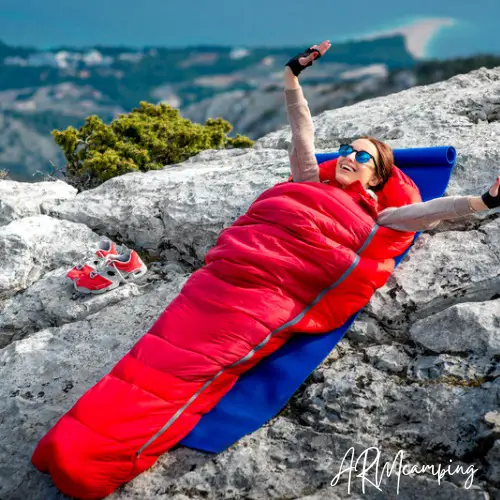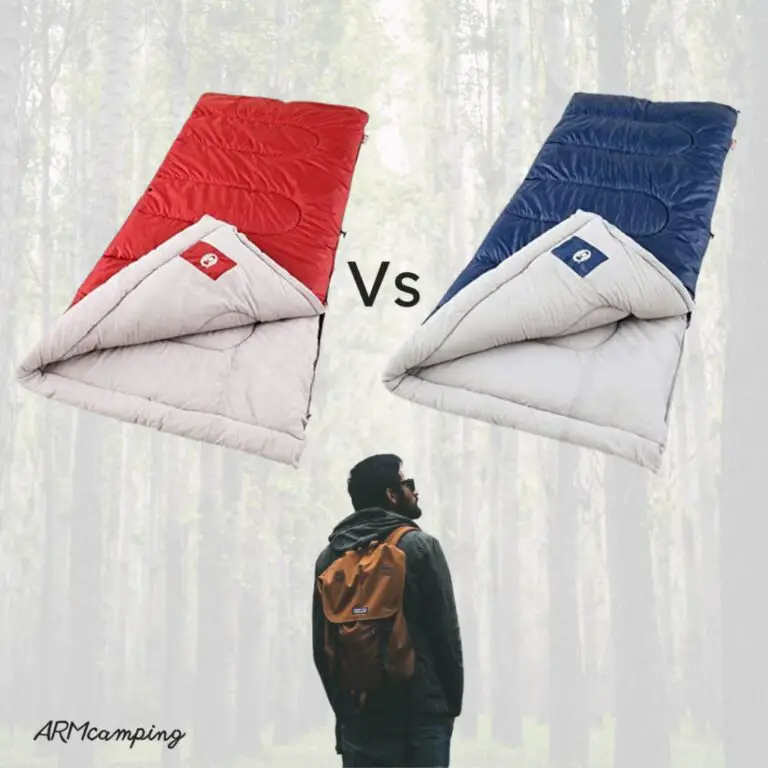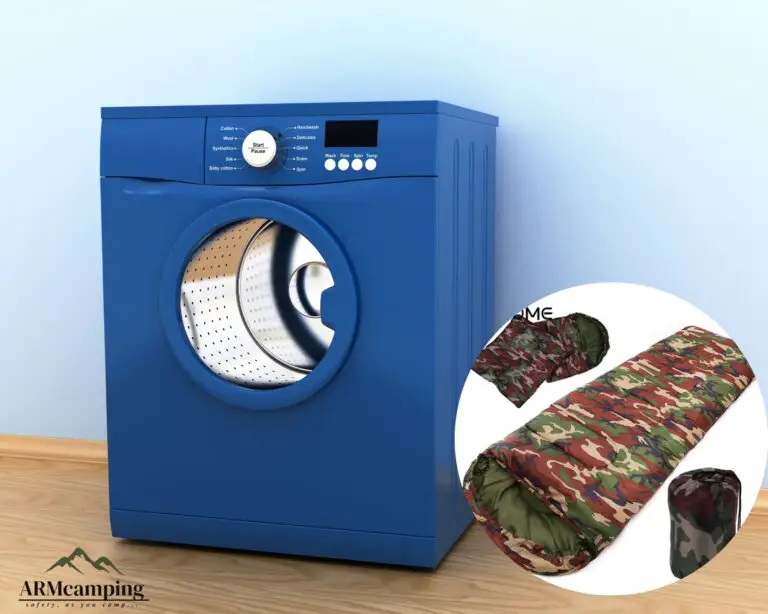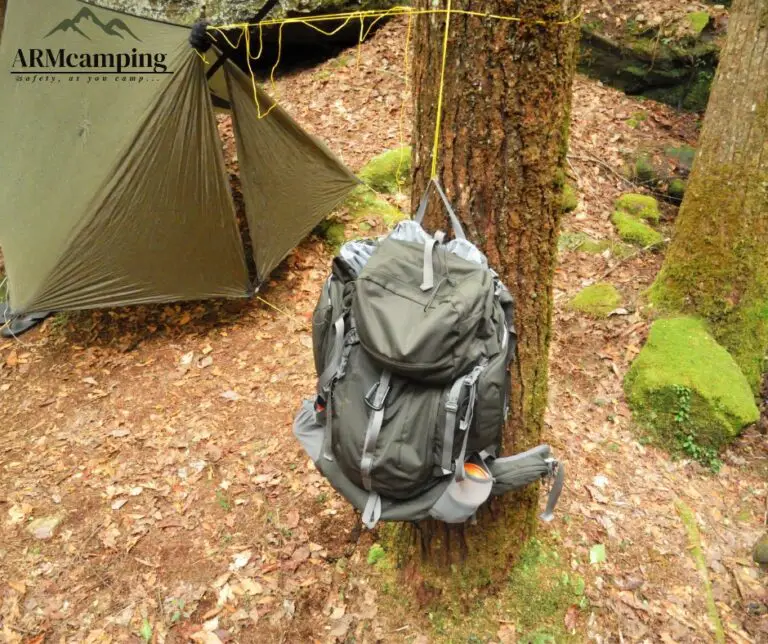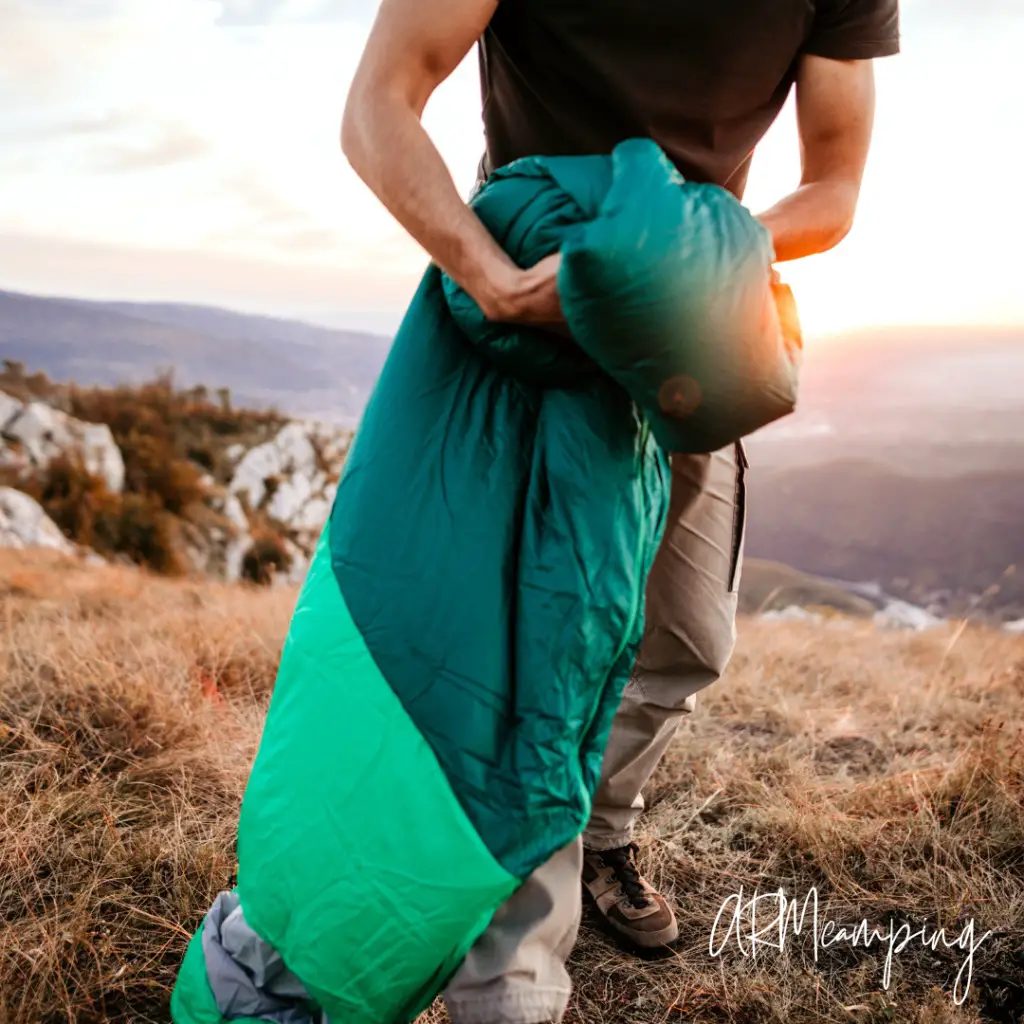
What Degree Sleeping Bag Should I Get for Kilimanjaro?
Table of Contents
It depends on the time of year you’re going…
If you’re planning a trip up Kilimanjaro, and you’ve adventured on mountains before, you may already know the sleeping bag that is right for you. But for first-time climbers, or for first-timers up Kilimanjaro, it can be hard to decide on the right bag.
The range in temperatures at night at high altitudes can make choosing the right bag even harder. So, here’s a brief overview of the right bags for first-time Kilimanjaro climbers going up the summit in December.
The best sleeping bag for Kilimanjaro is usually a down sleeping bag. Down sleeping bags are very light and compact, so you can easily carry them with you on the mountain. They are not as expensive as synthetic sleeping bags, but they are also more expensive than cotton or fleece ones.
If it’s summer, about 10 degrees is fine. If it’s winter, consider a 15-degree bag or even more.
I recommend getting a bag that has a lower limit of around 10 degrees Fahrenheit and an upper limit of around 20 degrees Fahrenheit. This will give you some wiggle room if the temperatures drop unexpectedly at high altitudes.
If you want something lighter and smaller, consider a quilt or blanket (though they’re not as warm).
If you want something warmer and heavier, consider a mummy bag or winter sleeping bag with synthetic insulation instead of down (which loses its ability to insulate when wet).
What Is the Average Temperature on Mount Kilimanjaro?
The temperature on the mountain varies from day to night and from season to season. The temperature can change from +19.4°F to -22°F (-7°C to -30°C) in the morning to -5°C (23°F) at night during October, November, and December in the rainy season when it’s colder than at other times of the year.
In January and February temperatures can reach 19 to 32°C (67 to 90°F) at night during clear weather (when there’s no rain). In springtime, there’s still snow on the ground, but daytime temperatures can reach 20 to 26°C (68 to 80°F).
You should always take a 1-2 season sleeping bag with you when hiking Kilimanjaro because you never know how cold it will get at night.
However…
How Cold Does It Get on Top of Kilimanjaro?
The temperature on the top of Kilimanjaro varies depending on the season and time of day. In the summer and spring, it can reach as high as -6 degrees Celsius, but in the winter and autumn, it can drop to around -28 degrees Celsius. This means that you should dress warmly on your trip to the top of Kilimanjaro, even if it’s not too hot outside.
What Sleeping Bag to Use for Kilimanjaro Climb
With the temperatures dropping, it’s time to take a look at what sleeping bag to choose for your next Kilimanjaro climb.
The temperature at the summit is approximately 27°C. This can vary slightly depending on the time of year and the weather, but it is always best to prepare for colder conditions than you might expect.
If you are climbing in November through March, when there is likely to be snow on the mountain, you will need a warmer sleeping bag than you would if climbing in December or January. The same applies if you are planning to camp at any of the high camps on your way up.
The best sleeping bag for Kilimanjaro is a good one. It should be warm enough to keep you from freezing, but not so warm that it makes you sweat all night.
The climate is generally mild, but there are some nights when the temperature drops well below freezing. If you can’t find a sleeping bag that meets your needs, consider wearing a base layer and adding an extra blanket or two if necessary.
What’s the Best Sleeping Bag for Kilimanjaro?
Sleeping bags come in all shapes, sizes, and materials. Some are designed for extreme cold conditions, while others are designed for warmer climates. If you’re planning an expedition to Mount Kilimanjaro, you’ll want something in between these extremes: something that will keep you warm at night without overheating during the day.
That’s why we recommend using a three-season sleeping bag from “SWTMERRY Sleeping Bag (Summer, Spring, Fall) Warm and Cool, Waterproof for Kids, Teens, and Adults“. It’s lightweight but still warm enough to withstand sub-freezing temperatures at high altitude — perfect for your climb up Mount Kilimanjaro!
You Should Buy a 15-Degree Bag at The Lowest
The best sleeping bag for the Kilimanjaro climb is one that is rated to 15 degrees Fahrenheit or lower.
You may think that this will be too warm for you in Africa, but you will be surprised by how cold it can get on the mountain.
Part of this is because you are gaining elevation in the day and losing it at night. If you don’t have a sleeping bag that can handle cold temperatures, then this will be a problem.
The Sleeping Bag Should Be Breathable
The climate in Kilimanjaro National Park is tropical, with temperatures ranging from 22 up to 32 degrees F at night. The sleeping bag should be breathable and waterproof. The best choice is to bring a sleeping bag that can be used for both cold and hot weather.
You will also need a good-quality tent or tarp for shelter. This can protect you from the sun, insects, and rain showers. You will need to store your clothing and other items in waterproof bags or containers to protect them from damage caused by water, sun, or dust.
A Lightweight Sleeping Bag Is Always Good
A lightweight sleeping bag is always good. You can start with a mummy-shaped one, which will be much more comfortable than a rectangular bag. But if you want to get the most bang for your buck, go with a rectangular bag. It’s better for packing, so you can carry it in your backpack easily.
You should also stay away from cheap materials like cotton or down blends. A high-quality synthetic material like nylon or polyester will be more durable and keep you warmer at night. For example:
The “tuphen- Sleeping Bags Lightweight and Waterproof“, is a great option because it uses premium materials and has a water-resistant shell to keep you dry during the rainy season in Kilimanjaro.
Finally
You should make sure that your sleeping bag is comfortable, especially the part where you put your head. The material and design of a sleeping bag can make a big difference in how comfortable you are on a particular night’s sleep. A lot of bags use synthetic fibers in their construction, which can be stiff.
Natural fabrics such as wool and cotton are more comfortable, but they can be heavy and take up more space in your pack. There are also some great high-tech fabrics on the market such as Polarguard Delta, Polarguard Delta Elite, Taffeta, and Spectra. These synthetic fibers are lightweight, but they have a good feel to them. They can be more comfortable than wool and cotton, and they are also more.

